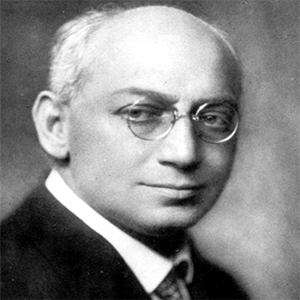Sandor Ferenczi’s concept of the dialogue of unconsciouses: a clinical example

All claims expressed in this article are solely those of the authors and do not necessarily represent those of their affiliated organizations, or those of the publisher, the editors and the reviewers. Any product that may be evaluated in this article or claim that may be made by its manufacturer is not guaranteed or endorsed by the publisher.
Authors
There is no doubt that Sandor Ferenczi is one of the principal giants in the early development of psychoanalysis. While much of his work has not been given the credit it deserves, in recent times there has been a revival of his concepts and way of doing analysis as a route to understanding relational work today. One of Sandor Ferenczi’s unique psychoanalytical concepts is the dialogue of unconsciouses. This concept is defined as the process when patient and analyst connect to each other, and a psychic process begins to form between the two unconsciouses. This idea of a dialogue between the two unconsciouses arose from his novel experiments with mutual analysis and advocating for a new kind of relationship. He further described the dialogue of the unconsciouses as a way of being with the patient and that if this dialogue is investigated within the therapy, in service of understanding the patient’s life experiences and transference, the potential for change and transformation is possible. In this context, Ferenczi assumed that if careful and focused attention is paid to the dialogue of the unconsciouses, it could reveal for the patient unknown aspects about himself but also unknown aspects about his analyst. In this way, the patient may know more about the analyst than the analyst knows. The clinical implication is that the dialogue of the unconsciouses invites both participants to authentically engage with each other in a way that something new about self-other could potentially arise that was previously unconscious but emerged from within the interplay of both unconsciouses. While not much has been developed in recent years on the topic of the dialogue of the unconsciouses, especially with the use of clinical examples, this paper’s main contribution is to i) acknowledge the work of Ferenczi by revisiting this concept, ii) discussing the clinical implications of the concept so that the potential for the client’s personal development is brought into focus, as well as iii) presenting a clinical example to illustrate the concept because such examples are few.
How to Cite

This work is licensed under a Creative Commons Attribution-NonCommercial 4.0 International License.






